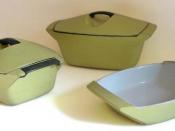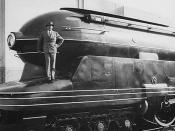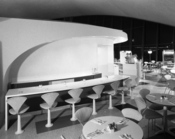By the late 1920s the rapid increase in North American consumer spending seen after the First World War was in decline.1 Recognizing that they were potentially facing impending financial ruin, manufacturers of commercial goods responded by relegating the task of revamping their selling tactics to their marketing departments, which quickly ascertained that for the goods they were promoting to succeed in the marketplace they must first appeal to the taste of the consumer.
Women of the era were experiencing unprecedented enhanced consumer power with fewer children to look after, increased mobility due to the automobile, and more free time in which to shop as a result of the introduction of labor-saving, domestic electrical appliances. They were quite logically identified as a likely target market to which business should direct its attention. An advertisement of the period in Printer's Ink Magazine reflects this awareness by stating that, "the proper study of mankind is man...
but the proper study of markets is woman."2
The challenge was therefore identified as that of feminizing mass-produced material culture by emphasizing those aspects of visual culture which were more traditionally linked with feminine, rather than masculine cultural values; or to render as feminine an object usually perceived of as masculine.3 Whereas previous emphasis had been placed on the utilitarian, as opposed to aesthetic characteristics of household appliances, there was now an acknowledged need to introduce an element of fashion or style in these goods where style is defined as the particular inflection of an object that best communicates the taste values of the consumer.4
Raymond Loewy was one of several young industrial designers to take up the challenge. Drawing from his background in the fast-developing field of advertising, he set out to bring his Depression-era market face-to-face with modernity by utilizing an aesthetic that pointed to...


